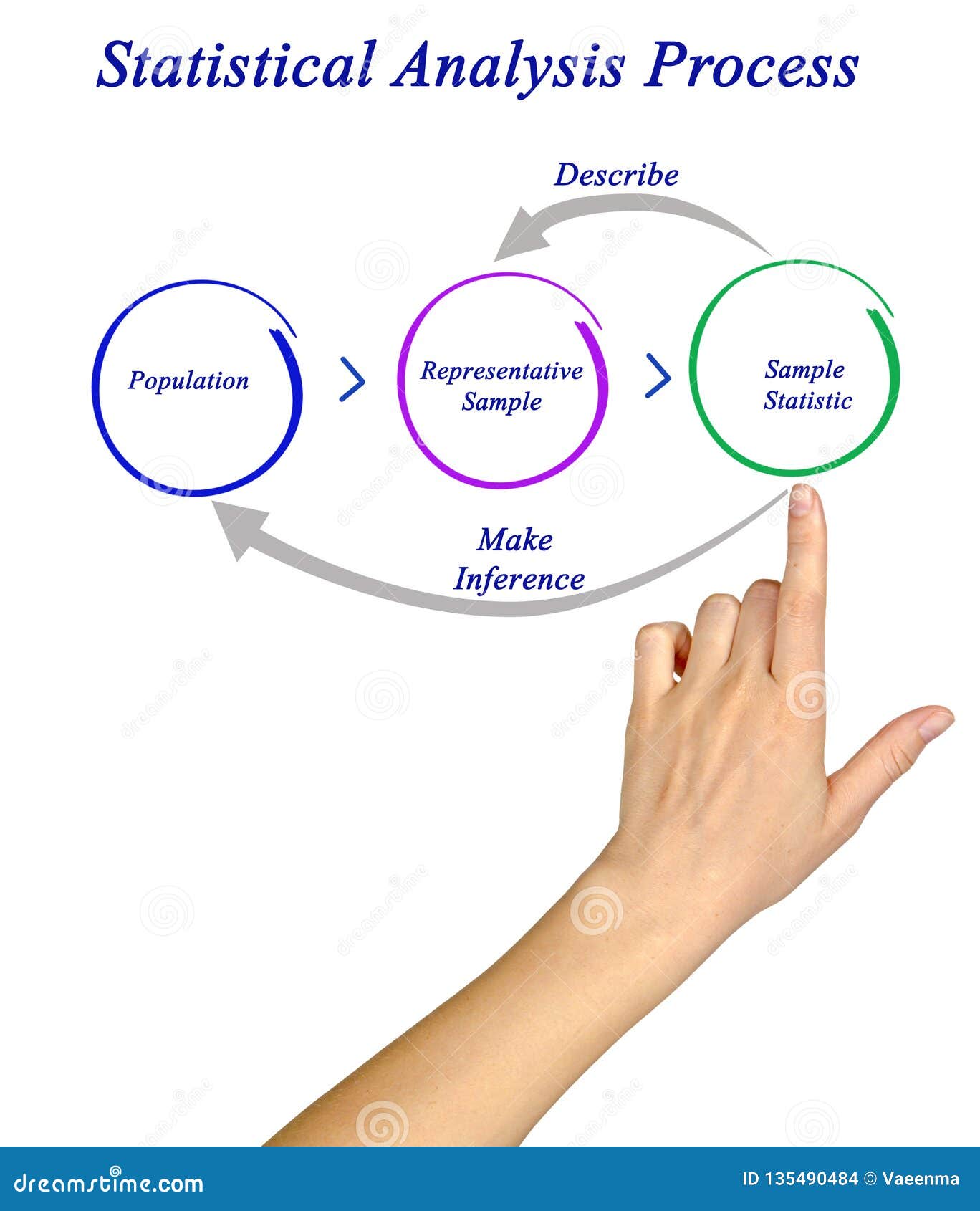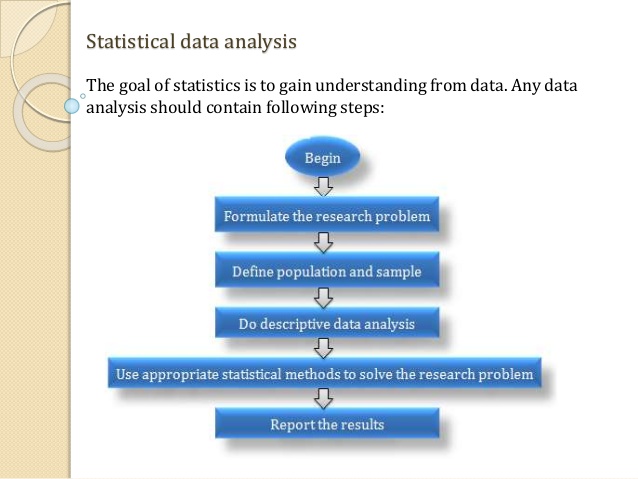
Summary data is useful for gaining a better understanding of conditions in a study area. You can also create spatial summaries, such as calculating the average elevation for each watershed. Often, this is done for categories, such as calculating the total area in each land-use category. Most tracts have a lower percentage of seniors than the mean, but a few tracts have a very high percentage.Īnother use of statistical analysis is to summarize data.


In the example below, statistics have been calculated for the distribution of senior citizens by census tract in this region (percentage of those aged 65 and over in each tract), including the mean and standard deviation, as well as a histogram showing the distribution of values. Having this information is useful when defining classes and ranges on a map, when reclassifying data, or when looking for data errors. Statistical analysis is often used to explore your data-for example, to examine the distribution of values for a particular attribute or to spot outliers (extreme high or low values). Other methods, such as the spatial statistics tools, are only implemented as geoprocessing tools. Some of the methods described here are found in ArcMap's menus and toolbars and don't have a geoprocessing tool counterpart. Some of the statistical analysis techniques described in this document are most well-suited for interactive applications, such as ArcMap, that allow you to select and visualize data in an ad-hoc and fluid environment. Unlike query functions-such as identify or selection, which provide information about individual features-statistical analysis reveals the characteristics of a set of features as a whole. Statistical analysis helps you extract additional information from your GIS data that might not be obvious simply by looking at a map-information such as how attribute values are distributed, whether there are spatial trends in the data, or whether the features form spatial patterns. This information is used to create maps that can be visually analyzed.

Inherent in GIS data is information on the attributes of features as well as their locations.


 0 kommentar(er)
0 kommentar(er)
